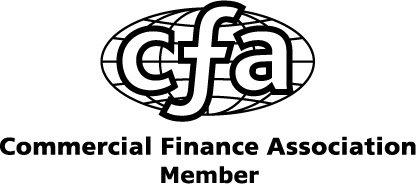Firms often choose to lease long-term assets rather than buy them for a variety of reasons – the tax benefits are greater to the lessor than the lessees, leases offer more flexibility in terms of adjusting to changes in technology and capacity needs. Lease payments create the same kind of obligation that interest payments on debt create, and have to be viewed in a similar light. If a firm is allowed to lease a significant portion of its assets and keep it off its financial statements, a perusal of the statements will give a very misleading view of the company’s financial strength. Consequently, accounting rules have been devised to force firms to reveal the extent of their lease obligations on their books.
There are two ways of accounting for leases. In an operating lease, the lessor (or owner) transfers only the right to use the property to the lessee. At the end of the lease period, the lessee returns the property to the lessor. Since the lessee does not assume the risk of ownership, the lease expense is treated as an operating expense in the income statement and the lease does not affect the balance sheet. In a capital lease, the lessee assumes some of the risks of ownership and enjoys some of the benefits. Consequently, the lease, when signed, is recognized both as an asset and as a liability (for the lease payments) on the balance sheet. The firm gets to claim depreciation each year on the asset and also deducts the interest expense component of the lease payment each year. In general, capital leases recognize expenses sooner than equivalent operating leases.
Since firms prefer to keep leases off the books, and sometimes prefer to defer expenses, there is a strong incentive on the part of firms to report all leases as operating leases. Consequently the Financial Accounting Standards Board has ruled that a lease should be treated as an capital lease if it meets any one of the following four conditions:
(a) if the lease life exceeds 75% of the life of the asset
(b) if there is a transfer of ownership to the lessee at the end of the lease term
(c) if there is an option to purchase the asset at a “bargain price” at the end of the lease term.
(d) if the present value of the lease payments, discounted at an appropriate discount rate, exceeds 90% of the fair market value of the asset.
The lessor uses the same criteria for determining whether the lease is a capital or operating lease and accounts for it accordingly. If it is a capital lease, the lessor records the present value of future cash flows as revenue and recognizes expenses. The lease receivable is also shown as an asset on the balance sheet, and the interest revenue is recognized over the term of the lease, as paid.
From a tax standpoint, the lessor can claim the tax benefits of the leased asset only if it is an operating lease, though the revenue code uses slightly different criteria for determining whether the lease is an operating lease.
When a lease is classified as an operating lease, the lease expenses are treated as operating expense and the operating lease does not show up as part of the capital of the firm. When a lease is classified as a capital lease, the present value of the lease expenses is treated as debt, and interest is imputed on this amount and shown as part of the income statement. In practical terms, however, reclassifying operating leases as capital leases can increase the debt shown on the balance sheet substantially especially for firms in sectors which have significant operating leases; airlines and retailing come to mind.
We would make the argument that in an operating lease, the lease payments are just as much a commitment as lease expenses in a capital lease or interest payments on debt. The fact that the lessee may not take ownership of the asset at the end of the lease period, which seems to be the crux on which the operating/capital lease choice is made, should not be a significant factor in whether the commitments are treated as the equivalent of debt.
Converting operating lease expenses into a debt equivalent is straightforward. The operating lease payments in future years, which are revealed in the footnotes to the financial statements for US firms, should be discounted back at a rate that should reflect their status as unsecured and fairly risky debt. As an approximation, using the firm’s current pre-tax cost of debt as the discount rate yields a good estimate of the value of operating leases. Note that capital leases are accounted for similarly in financial statements, but the significant difference is that the present value of capital lease payments is computed using the cost of debt at the time of the capital lease commitment, and is not adjusted as market rates change.

 One International Place Boston
One International Place Boston



